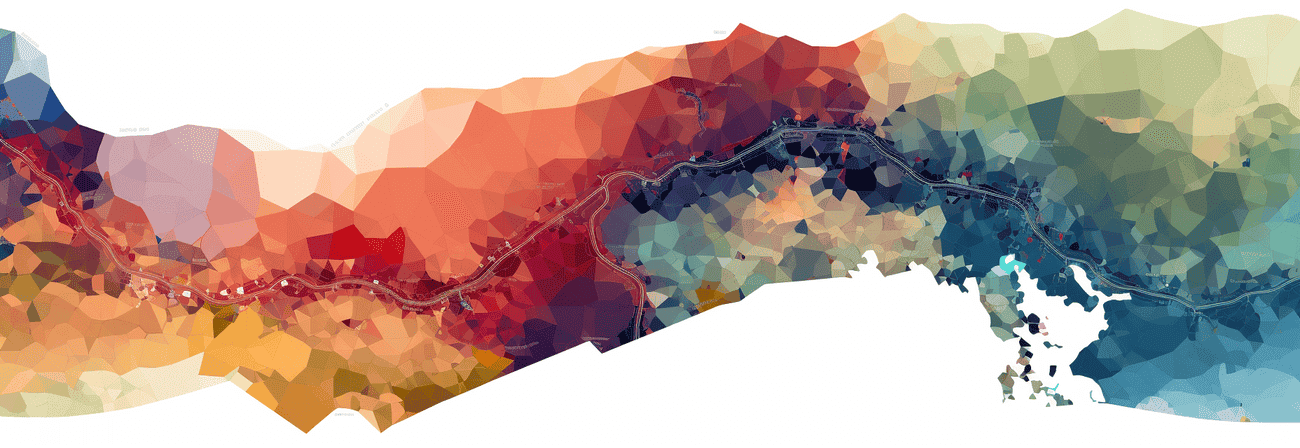The shapefile format is a widely used standard for storing vector GIS - data. Developed by Esri, it has become an open format and a preferred choice for data transfer, compatible with major GIS software programs such as ArcGIS and QGIS.
Despite the singular name, a shapefile is a collection of three essential files: .shp, .shx, and .dbf. These files, residing in the same directory, collectively enable visualization. Additional files like .prj may contain projection information, and the entire package is often compressed in a ZIP file for easy transmission via email or download links on websites.
Key File Extensions Associated with a Shapefile
All files within a shapefile share the same name but have different formats. Three core files constitute a shapefile:
- .shp: Contains the geometry of data records.. If you want to transform coordinates for example, you only have to transform this file.
- .dbf: Stores attribute data in [dBASE](https://www.wikipedia.com/wiki/DBASE "DBASE) format.
- .shx: Links factual data (.dbf) with the geometry (.shp) through a common index.
Optional files may include .atx, .sbx, .sbn, .qix, .aih, .ain, .shp.xml, .prj, and .cpg, each serving specific functions.
- .atx: attribute index
- .sbx: and .sbn Spatial index
- .qix: Alternative spatial index (used and created by GDAL
- .aih and .ain: index for table links
- .shp.xml: metadata about the shapefile
- .prj: projection of the data
- .cpg: to specify the character set used in the .dbf.
Understanding Geometries in Shapefiles
Shapefiles store elements of a single geometry type, such as
- points,
- lines,
- surfaces,
- polygons or
- multi-points
However, a data record doesn't necessitate an associated geometry; pure factual data can be stored as a shapefile.
Limitations of Shapefiles
- Shape files are relatively sluggish
- Multiple files create complexity (everyone knows the problem if you only get the .shp sent)
- Attribute names are limited to 10 characters
- Topologies can't be saved
- File size is capped at 2GB
- Only one geometry type is allowed per file
- No genuine 3D support
Exploring Alternatives to Shapefiles
For those seeking more robust options, GIS databases, like PostGIS (PostgreSQL) and GeoPackages, emerge as superior alternatives. Databases offer limitless file sizes, support various geometry types, and allow topological creations. Data can be effortlessly shared as geopackages, streamlining the transfer process into a single, convenient file. Shapefiles remain a staple, but exploring these alternatives ensures flexibility and enhanced capabilities in GIS data management.
